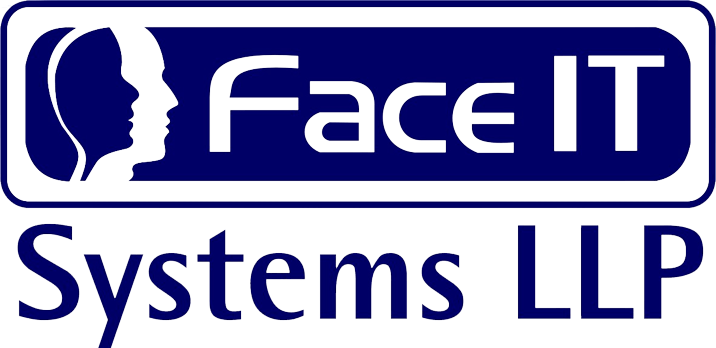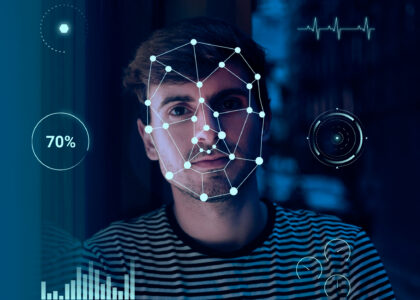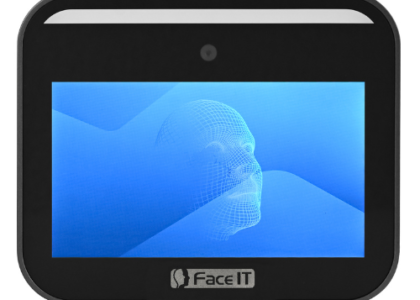
In today’s fast-paced business environment, ensuring accurate and secure attendance tracking is more critical than ever. Traditional attendance methods, which often rely on manual inputs or outdated technology, are increasingly being replaced by innovative biometric solutions. Among these, face recognition attendance systems are emerging as a game-changer for organizations looking to streamline operations, enhance security, and improve overall productivity. In this article, we delve into the top five benefits of using a face recognition attendance system in the workplace, supported by data and real-world metrics.
1. Enhanced Accuracy and Reliability
2. Improved Security and Fraud Prevention
3. Convenience and Speed
4. Seamless Integration with Cloud-Based Systems
5. Scalability and Flexibility
Real-World Impact: Case Studies and Data
Conclusion
The benefits of implementing a facial recognition attendance system are clear and compelling. From enhanced accuracy and improved security to convenience, scalability, and integration with cloud-based platforms, this technology offers a comprehensive solution to the challenges of modern workforce management. As businesses continue to navigate the complexities of a rapidly changing work environment, investing in advanced attendance systems like facial recognition is not just a strategic move but a necessity for maintaining a competitive edge.





